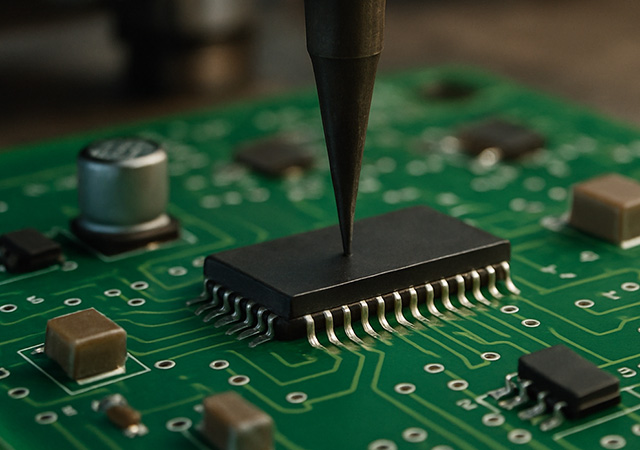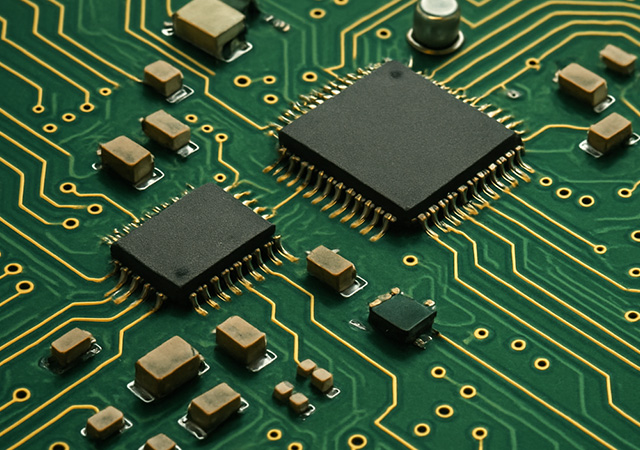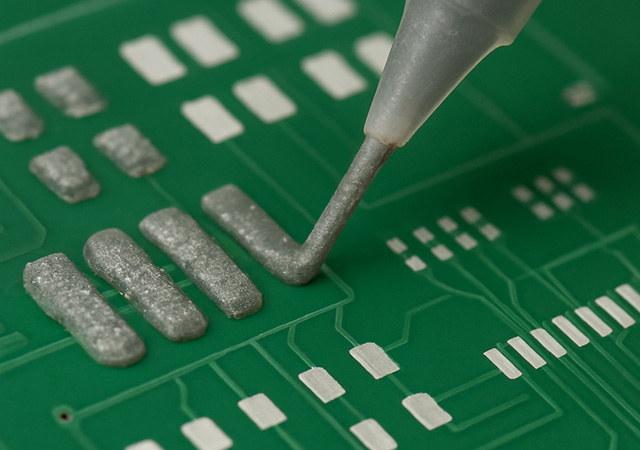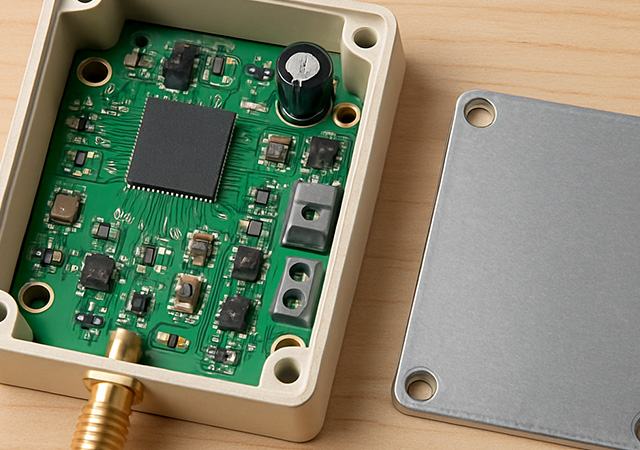-
- PCB TYPE
- PRINTED CIRCUIT BOARD PROTOTYPE ALUMINUM PRINTED CIRCUIT BOARD R&F PCB FPC HIGH FREQUENCY PCB HIGH-TG PCB HEAVY COPPER PCB HDI PCB PCB FOR LIGHTING METAL CORE PCB

Master the countersinking process in PCB assembly to improve performance. Discover the importance of countersink holes and best practices today!

Master the art of countersink holes PCB assembly with this comprehensive guide. Learn techniques for precision, aesthetics, and stability in your electronic projects.

Discover the art of precision countersink in PCB assembly, exploring key manufacturing methods and fabrication techniques to optimize electronic designs.

Explore the intricate PCB assembly process, from design to manufacturing and testing. Discover how PCBs become the core of electronic devices.

Master the art of PCB box building with tips on material selection, design functionality, and aesthetics for durable, reliable electronic enclosures.

Got project ready to assembly? Contact us: info@apollopcb.com



We're not around but we still want to hear from you! Leave us a note:

Leave Message to APOLLOPCB
